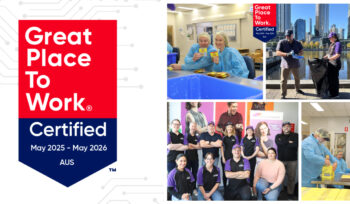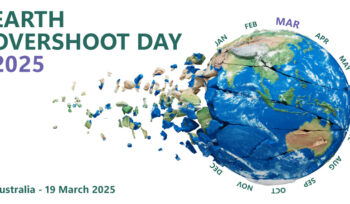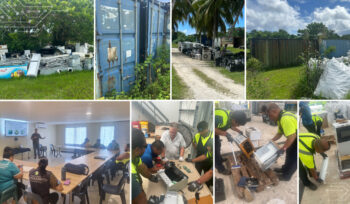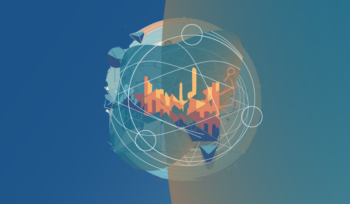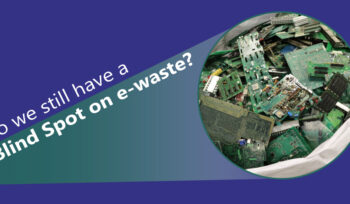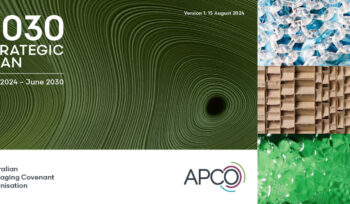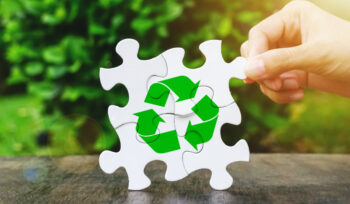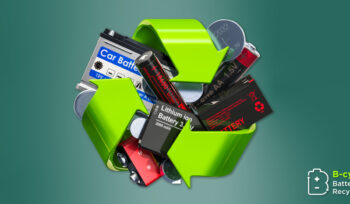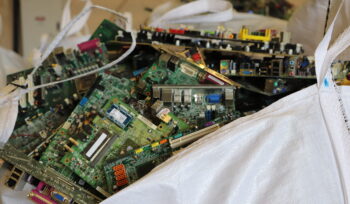-
ANZRP Recertified as a Great Place to Work® in 2025
2025-05-29 -
Australia Oversteps the Mark
2025-03-26 -
TechCollect NZ extends its services by providing support to Pacific Island nations
2025-03-05 -
Australia and New Zealand Recycling Platform (ANZRP) Announces New Chair and Two New Board Members Over the Past Three Months
2025-02-18 -
Carla Vasconi Appointed Chief Executive Officer (CEO) of Australia and New Zealand Recycling Platform (ANZRP)
2025-02-12 -
Productivity Commission: Opportunities for Creating a Circular Economy
2024-11-28 -
Do we still have a blind spot when it comes to e-waste?
2024-11-08 -
Australian Packaging Covenant Organisation 2030 strategic plan – a shift in thinking and approach
2024-09-03 -
ANZRP unlocks the plastic recycling puzzle
2024-08-29 -
The rapidly changing environment of battery management and stewardship
2024-08-19 -
Elevating recycling standards
2024-07-10 -
ANZRP receives Great Place to Work certification
2024-06-19
